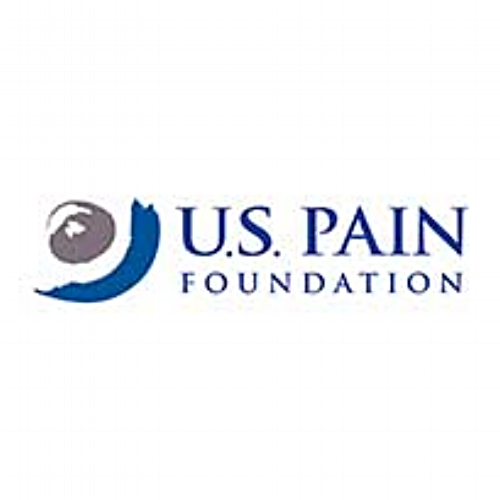Stop Shaming Pain
/By Mia Maysack, PNN Columnist
I've encountered and witnessed shaming several times in the pain community. It’s as if there was a contest to compare one pain to another.
I once shared a personal experience online about a specific treatment option and got ripped apart by people who disagreed.
Then came a debate pertaining to how to properly label my specific head pain. Due to the fact I have cluster headaches, yet also live in a constant state of migraine, I've used the term “migraine clusters.” That caused offense and was deemed incorrect. No one debating me came up with a proper label for my never-ending pain, so I'm still trying to figure that one out.
There are also questionable looks and inquiries about my health, because I don't have a wheelchair, visible cast or a gushing wound.
I've also encountered others describing their ailments, only to cut themselves off by saying, “Oh, but it's nothing like what you endure!"
Our experiences don’t have to be the same for them to be valid. That's a mind frame the world as a whole could do well to adopt.
There have been times I've partied in my own pity for far too long, but I've since learned that serves no positive or productive purpose past a certain point. Visit those feelings and then send them on their way. Don't allow them to unpack and live in your brain. I'm not preaching, this is just as much a reminder to myself as anyone else.
We as human beings have all been through something that has changed us. A large portion of my life has been dedicated to the medical field. Nothing gave me a rush quite like having a full floor of patients that were well taken care of. I used my career for a long time as a means of distraction from my own pain, because how couldn’t one get over themselves while constantly surrounded by people who have it much worse than you?
Newsflash to us all: Whether in a hospital or walking around a park, there’s no possible way to know what someone is going through, feeling or what their circumstances have been up until the point your paths might cross.
We are all faced with hardships, some more than others, but pain is pain. Each individual is at a different place in their journey and each personal experience is unique. This is a remarkable thing, because it provides a golden opportunity for us to learn from one another -- as opposed to having a ridiculous and unnecessary divide as we cater to the “I am offended” epidemic our world seems to be inching closer to by the day.
As an advocate and a person, my intent is never to cause insult. However, I am also not afraid to use my voice in an effort to get important conversations started.
Having a difference of opinion is acceptable, but disrespect or tearing one another down is absolutely not. Could we all at least agree that there's enough suffering already happening in our lives? Why contribute to it with each other?
Mia Maysack lives with chronic migraine, cluster headaches and fibromyalgia. Mia is the founder of Keepin’ Our Heads Up, a Facebook advocacy and support group, and Peace & Love, a wellness and life coaching practice for the chronically ill.
The information in this column should not be considered as professional medical advice, diagnosis or treatment. It is for informational purposes only and represents the author’s opinions alone. It does not inherently express or reflect the views, opinions and/or positions of Pain News Network.



























